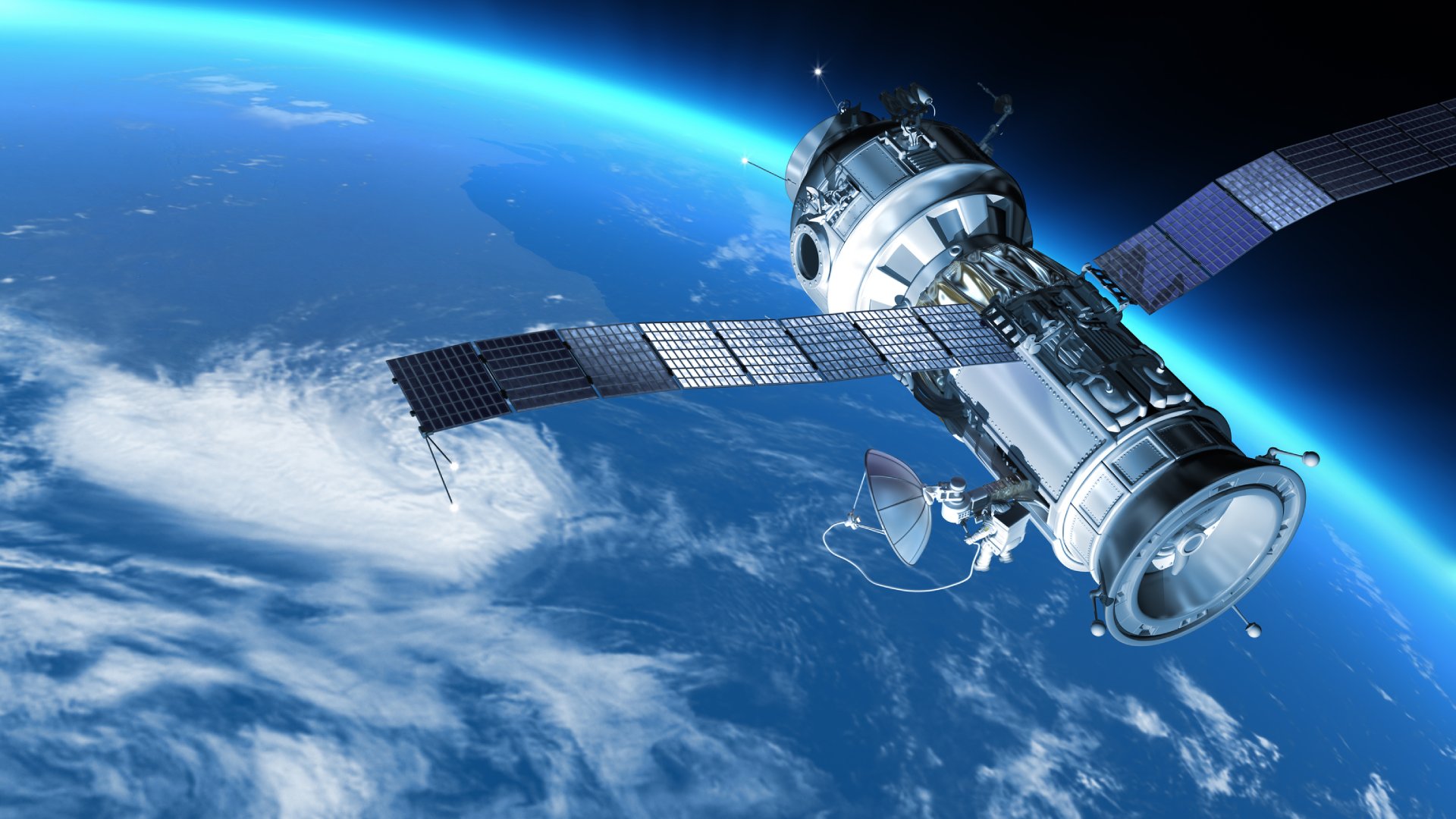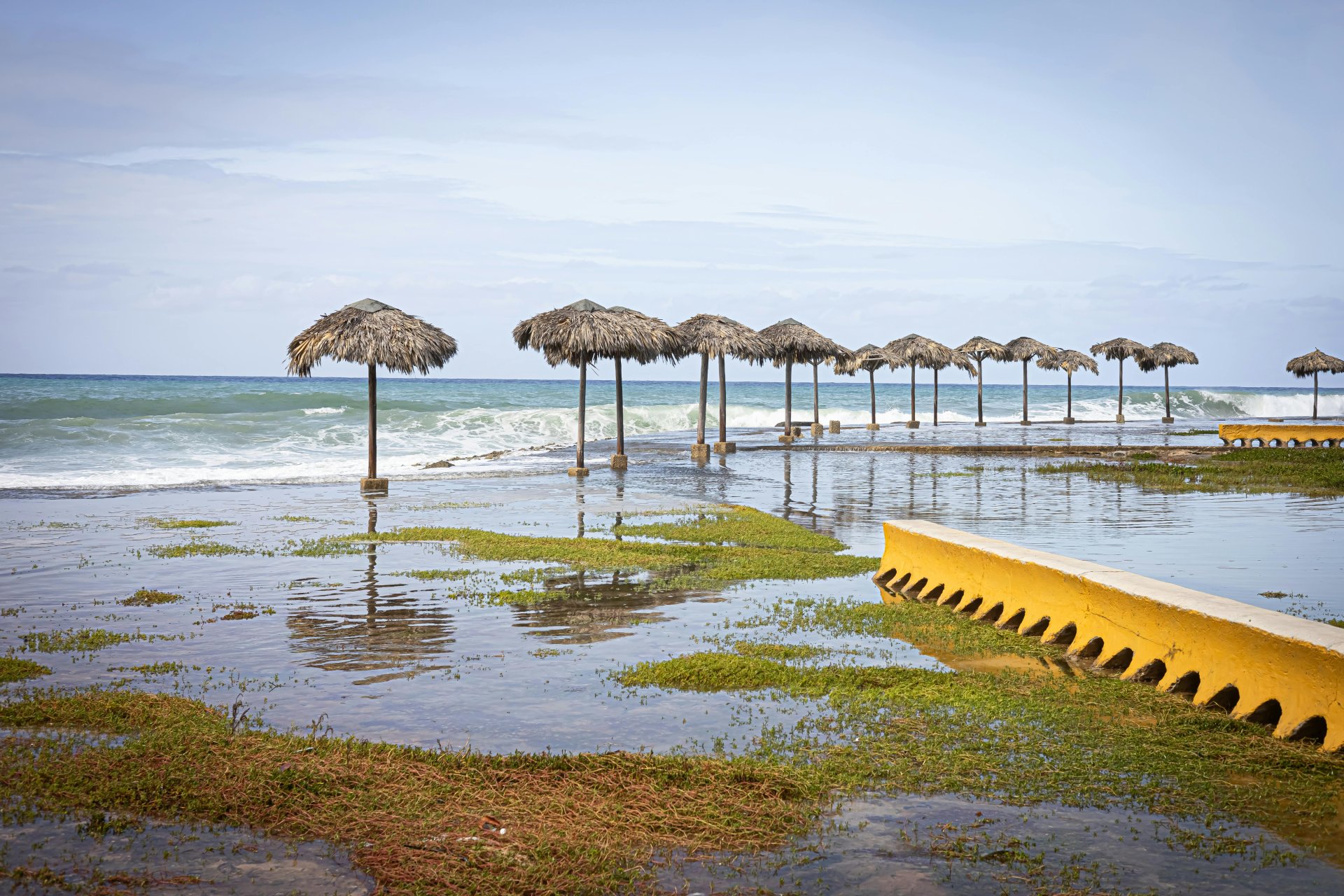Article Highlights:
Growing Demand: Over 30% of experienced travelers plan to acquire satellite-enabled smartphones soon for enhanced safety.
- Enhanced Emergency Services: 82% of travelers feel safer with satellite communications, valuing its emergency capabilities.
- Technological Advancements: New satellite-to-cell services from companies like Apple, T-Mobile, and Verizon expand connectivity options.
- Country Restrictions: Satellite devices face legal restrictions in places like India, China, North Korea, and several other countries.
- User Best Practices: Avoid critical mistakes, such as battery loss, expired subscriptions, and unfamiliarity with device features.
As more adventurers seek out remote and thrilling destinations, staying connected in isolated areas is becoming a priority. Recent survey data from the Fall 2024 Global Rescue Traveler Sentiment and Safety Survey shows a significant shift toward the adoption of satellite-enabled smartphones, with 31% of experienced travelers planning to acquire one and 10% already using one.
Travelers are drawn to these devices’ safety and connectivity benefits, especially in areas without cellular coverage. Satellite technology is transforming travel, allowing more people to explore the far reaches of the planet with added peace of mind and access to emergency services.
Rising Demand for Satellite-Enabled Smartphones
According to the survey, the primary appeal of satellite-enabled smartphones is their capability to communicate during emergencies, even in the most remote parts of the world. With 82% of respondents feeling safer with satellite connectivity, the demand for these devices is rising.
Nearly half (49%) of travelers say that the ability to call for help out of cellular range is a major reason for their interest in satellite-enabled phones. Moreover, 37% reported that such technology would help ease the anxiety of family and friends, offering a safety net for all involved.
Having a reliable way to communicate during emergencies, even in the most remote corners of the world, offers peace of mind, said Harding Bush, a former Navy SEAL and associate director of security operations at Global Rescue. Whether facing a medical crisis or an unexpected natural disaster, the ability to alert emergency services could be life-saving.
Technological Advancements in Satellite Communications
Satellite communication technology has progressed significantly since Motorola launched its bulky, government-focused devices in 1989. Today, satellite-enabled smartphones like the latest iPhone allow users to access satellite messaging when Wi-Fi and cellular networks are unavailable, with capabilities expanding beyond emergency messaging. Apple, for instance, introduced enhanced satellite messaging with iOS 18, and it’s not the only company innovating in this area.
T-Mobile is collaborating with SpaceX on direct-to-cell satellite services, while Verizon and AT&T have also teamed up with AST SpaceMobile to deliver satellite-to-cell capabilities. Dan Richards, CEO of The Global Rescue Companies, notes that the race to provide satellite-enabled communications is transforming travel: The bigger safety net will empower both leisure and business travelers to venture farther with confidence.
Global Coverage: Limitations and Challenges
While satellite devices offer extensive global coverage, certain factors can affect their reliability. For example, these devices require a clear line of sight to the sky to communicate effectively with satellites, meaning dense forests, steep mountain slopes, or urban environments with tall buildings can interfere with signal strength. Bush explained that topography does affect satellite communication. A clear view of the sky is necessary, which can be challenging in thick forests or urban areas with high buildings.
Additionally, the positioning of satellites relative to the user’s location can impact signal strength, with some regions experiencing weaker or intermittent coverage. Environmental factors, such as extreme cold or heat and high altitudes, can influence device performance, so travelers should be prepared for potential limitations.
Satellite Devices and Their Legal Restrictions Worldwide
While satellite-enabled smartphones are opening new travel possibilities, there are regions where the use of satellite devices is strictly regulated or outright banned. For instance:
India: Satellite phones require special permits from the Department of Telecommunications, and bringing unauthorized devices into the country can lead to arrest and detention.
North Korea: Satellite phones are highly restricted, and visitors are generally prohibited.
China: Travelers may need a permit before using satellite communications devices within the country.
Myanmar: Satellite devices must be declared and registered upon entry.
Cuba: Visitors must secure government permits to use satellite devices.
Countries like Bangladesh, Nigeria, Chad, Russia, Sri Lanka, Sudan, and Pakistan have similar restrictions. To avoid legal complications, travelers should research local regulations regarding satellite devices before departing.
Practical Advice for Using Satellite Phones and Messaging Devices
With the growing popularity of satellite-enabled devices, it’s essential to know how to use them effectively. The survey found that users often make vital mistakes that reduce device effectiveness.
- Familiarize Yourself With the Device: Practice making calls, sending texts, and using the SOS feature before your trip. This ensures you know how to operate the device efficiently during an emergency.
- Stay Charged: Battery life is critical. Keep your device powered up and bring extra batteries or a power bank, especially when traveling to remote areas with limited charging options.
- Keep Subscriptions Active: Satellite communication devices often require a subscription, so verify that your plan is current and active. Expired subscriptions can prevent communication when you need it most.
- Understand Coverage Limitations: While satellite devices work well in remote areas, they’re not foolproof. Understand their limitations in dense forests, mountainous regions, and urban settings.
- Add Essential Contacts: Preload important contacts, including family, friends, colleagues, embassies, and physicians. In an emergency, these contacts should know how to reach you via the satellite device.
The Future of Satellite Communications in Travel
Satellite communication devices are no longer limited to government and military use. Business and leisure travelers are embracing satellite-enabled smartphones as an essential safety tool, especially as more companies like Apple, SpaceX, and AST SpaceMobile advance satellite-to-cell technology.
These developments enable travelers to explore uncharted territories without sacrificing safety and connectivity.
Traveling members must know how to contact Global Rescue using a satellite device. Members should review the instructions regarding their device’s SOS features and procedures. They must understand who receives the SOS message signal when sent and what services the SOS monitoring provider offers. The most straightforward way of obtaining service is to contact Global Rescue directly at +1 (617) 459-4200 or through a messaging device at ops@globalrescue.com or operations@globalrescue.com.









